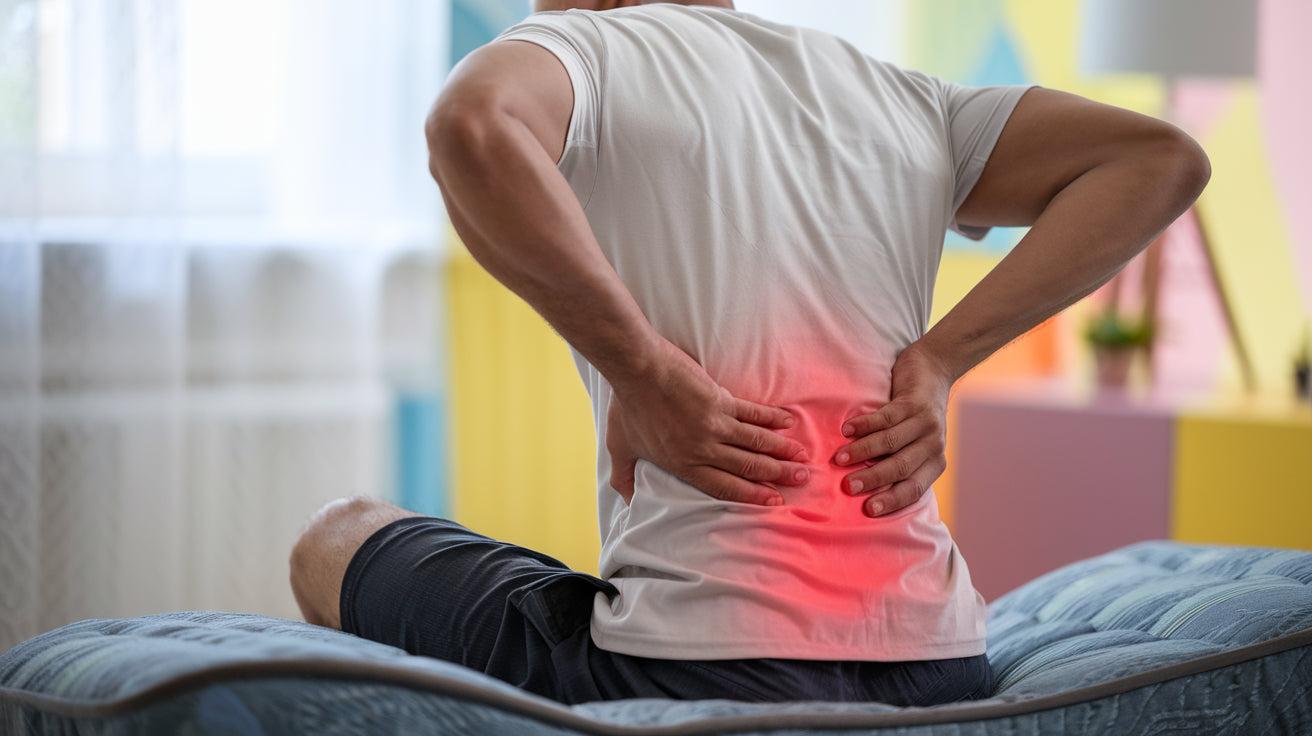
What is pain, why does it occur?
Pain is an important complex reaction of the body, which is formed from biological, emotional, psychological, and social components. Pain allows the body to quickly respond to external and internal potentially dangerous effects.
The mechanism of pain development is associated with the response to the stimulus of nociceptors - this is a special type of nerve endings, which is responsible for the occurrence of pain. Nociceptors are "fast", transmitting a nerve impulse at a speed of up to 20 m/s, and "slow", transmitting a signal at a speed of up to 2 m/s.
Everyone has experienced pain, except for people with rare pathologies of the nervous system, in which there is no reaction to irritating impulses that occur when organ tissue is damaged. Not feeling pain is dangerous, since you can miss signals about health problems.
The condition of pathological pain is called "pain syndrome" - this is a prolonged sensation of pain that causes discomfort and worsens the quality of life. The syndrome accompanies a large number of pathologies, for example, for headaches alone, over 150 diagnoses are indicated as causes.
People go to doctors precisely when pain bothers them often, for a long time and does not allow them to lead their previous lifestyle. This can be:
• migraine, other types of headaches;
• toothache;
• colds and flu;
• rheumatic and other types of arthritis;
• gastrointestinal diseases;
• diseases of the pelvic organs;
• pregnancy;
• neuralgia, neuritis, back and muscle pain.
Often the intensity of pain does not correspond to the actual severity of pathological changes. This may be due to a low or high pain threshold, which is influenced by a number of factors: age, gender, ethnicity and other characteristics.
What are the types of pain?
First of all, pain is divided into four types:
1. Short-term, or transient pain. This is a sudden attack of pain that appears for a short time and goes away on its own. Such pain, as a rule, does not require treatment.
2. Acute pain. Most often occurs with tissue damage. This type of pain is considered normal - as a response to excessive mechanical (pressure, compression, impact), thermal (very high or low temperature) or chemical exposure. With this type of pain, it is usually easy to find the cause. Treatment is aimed at eliminating the consequences of the injury, after which the pain goes away.
Acute pain, in turn, is divided into types by:
• superficial - occurs with damage to the skin, mucous membranes. Usually, such pain is characterized by intensity, it is described as stabbing, burning, pulsating;
• deep - accompanies damage to the musculoskeletal system, the pain is often aching, the exact localization is difficult to determine;
• visceral - associated with pathological processes in the internal organs. This pain is often of an unclear nature, dull, other symptoms may join it - nausea, vomiting, a drop in blood pressure, severe sweating, etc.;
• reflected - is a projection of pain sensations on certain areas of the skin that are associated with certain organs.
3. Subacute pain. This pain manifests itself within 2-6 months, and is associated in most cases with a psychological component.
4. Chronic pain. Occurs as a response to a severe injury or when the nervous system structures are involved in the process. The duration of such pain is more than six months. Chronic pain appears when the body cannot restore its functions on its own. Chronic pain is neuralgia, headache, muscle, pelvic pain. Over time, it becomes difficult to identify the original cause of the pain, and its severity depends less and less on the damaging factor, sleep disorders, appetite, attention disorders, depression, etc. are added. In this case, it is difficult to establish the correct diagnosis and select the appropriate treatment. Pain syndrome turns into an independent disease.
The International Association for the Study of Pain (IASP) describes another specific pain - psychogenic. This pain can be associated with emotional or muscle strain, stress, psychosis and other mental disorders, as well as depression.
How to eliminate pain?
To eliminate pain, you first need to determine and eliminate its cause. There are painkillers of different groups to reduce the intensity of pain.
For pain caused by inflammation - most often musculoskeletal, dental, postoperative pain - the most effective group is non-steroidal anti-inflammatory drugs (NSAIDs). For mild and moderate pain, they are used independently, and in severe cases, they are combined with narcotic painkillers.
A drug from the NSAID group, which is produced by NIKA PHARM - "Forsil". The drug contains nimesulide. "Forsil" is available in the form of a powder for the preparation of a suspension for oral administration.
Nimesulide, unlike other NSAIDs, selectively suppresses cyclooxygenase-2 (COX-2), inhibits the synthesis of prostaglandins (Pg) in the inflammation focus; has a less pronounced inhibitory effect on cyclooxygenase-1 (COX-1). Due to this, the drug less often causes side effects associated with the suppression of Pg synthesis in healthy tissues. Nimesulide suppresses the formation of free radicals, inhibits the release of myeloperoxidase without affecting the processes of phagocytosis and chemotaxis, inhibits the formation of tumor necrosis factor and other inflammatory mediators. It has anti-inflammatory, analgesic, antipyretic and antiplatelet effects.
"Forsil" is effective for joint pain, as it is quickly distributed in the synovial fluid, remains in it much longer than in the blood, and due to this increases the activity of the drug in joint inflammation. The drug is also highly effective for migraines and non-migraine headaches. In addition, this drug is prescribed by gynecologists - for the treatment of pain syndrome, especially in primary dysmenorrhea and endometriosis.
Advantages of "Forsil":
• selectively blocks COX-2;
• has a low risk of developing gastropathy;
• blocks the synthesis of the main proinflammatory cytokines (interleukin-6, tumor necrosis factor α);
• suppresses the activity of metalloproteinases, responsible, in particular, for the destruction of the glycoprotein complex of cartilage tissue in osteoarthritis.
Light yellow granular powder with orange odor. When the contents of 1 sachet are dissolved in 100 ml of warm water, a white suspension with a yellowish tint is formed, with an orange flavor.
nimesulid - 100 mg


